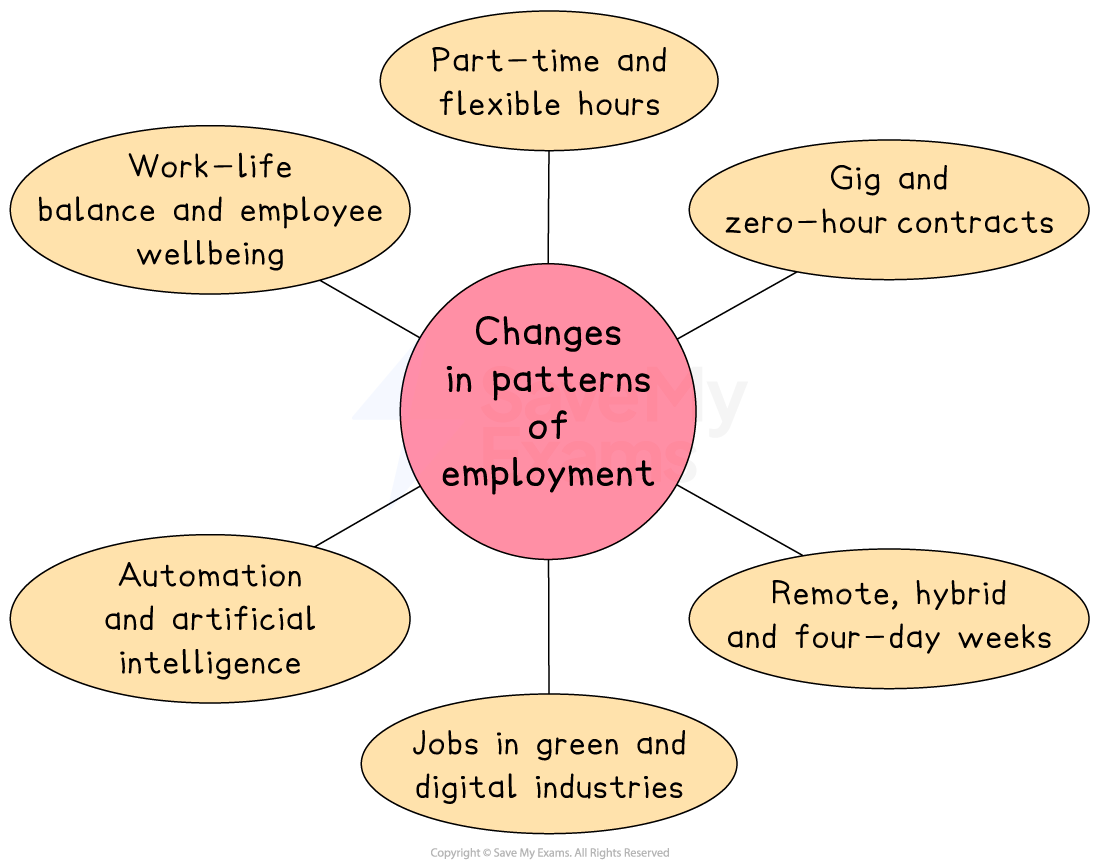Social Influences (Cambridge (CIE) A Level Business): Revision Note
Exam code: 9609
An introduction to social influences
Social influences are attitudes, values and culture that affect business decisions

High social mobility, good schooling, gender equality and varied work patterns give firms a larger, better-skilled labour pool
Educated, multicultural and gender-inclusive societies increase spending power and mix viewpoints, helping businesses exploit new customer needs and create fresh ideas
Social mobility
Social mobility refers to how easily someone can climb from a low-income or low-status background to the middle or top of society
Denmark has the highest level of social mobility in the world
India has relatively low levels of social mobility
Ways social mobility affects business
Impact on business | High mobility | Low mobility |
|---|---|---|
Availability of skilled workers |
|
|
Wages and labour costs |
|
|
Size of the customer market |
|
|
Start-ups and innovation |
|
|
Education outcomes
Spending on good schools and skilled teachers in Singapore is very high
In contrast, South Africa lacks education resources and quality problems hold learning back
How education levels affect business
Impact on business | High educational outcomes | Low educational outcomes |
|---|---|---|
Skilled worker supply |
|
|
Training and recruitment costs |
|
|
Innovation and investment |
|
|
Consumer spending power |
|
|
Gender equality
Gender equality means giving people of all genders the same rights, responsibilities, opportunities and respect
Everyone can study, work, earn, own property and take part in decisions without discrimination
Rewards such as pay, promotion or investment are based on merit, not gender
Sweden has a high level of gender equality, where women earn about 90% of men’s pay
Japan has high levels of gender inequality, with a gender pay gap of around 22%, and only 14 % of company directors are women
How gender equality affects businesses
Impact on business | High gender equality | Low gender equality |
|---|---|---|
Size of the talent pool |
|
|
Productivity and new ideas |
|
|
Reputation with customers and investors |
|
|
Legal compliance and costs |
|
|
Patterns of employment
New technology, changing lifestyles and worker expectations mean that many jobs have changes significantly in recent years
Employees work shorter weeks, split their time between home and office, take on project-based jobs or rely on digital tools to complete tasks
Changes in patterns of employment

Change | Explanation | Impact on business |
|---|---|---|
Growth of part-time and flexible hours |
|
|
Expansion of gig and zero-hour contracts |
|
|
Move to remote, hybrid and four-day weeks |
|
|
New jobs in green and digital industries |
|
|
Automation and artificial intelligence reshaping tasks |
|
|
Greater focus on work–life balance and employee wellbeing |
|
|
Multiculturalism
A multicultural society is one where many cultural, ethnic and religious groups live side by side and are recognised as equal
Customers, employees and suppliers may bring different languages, values, tastes and traditions
How multiculturalism shapes business decisions
Decision | Typical responses from firms |
|---|---|
Product design and ranges |
|
Marketing and branding |
|
Customer service |
|
Human resources |
|
Team communication |
|
Location and supply chain |
|
Legal compliance and reputation |
|

Unlock more, it's free!
Did this page help you?